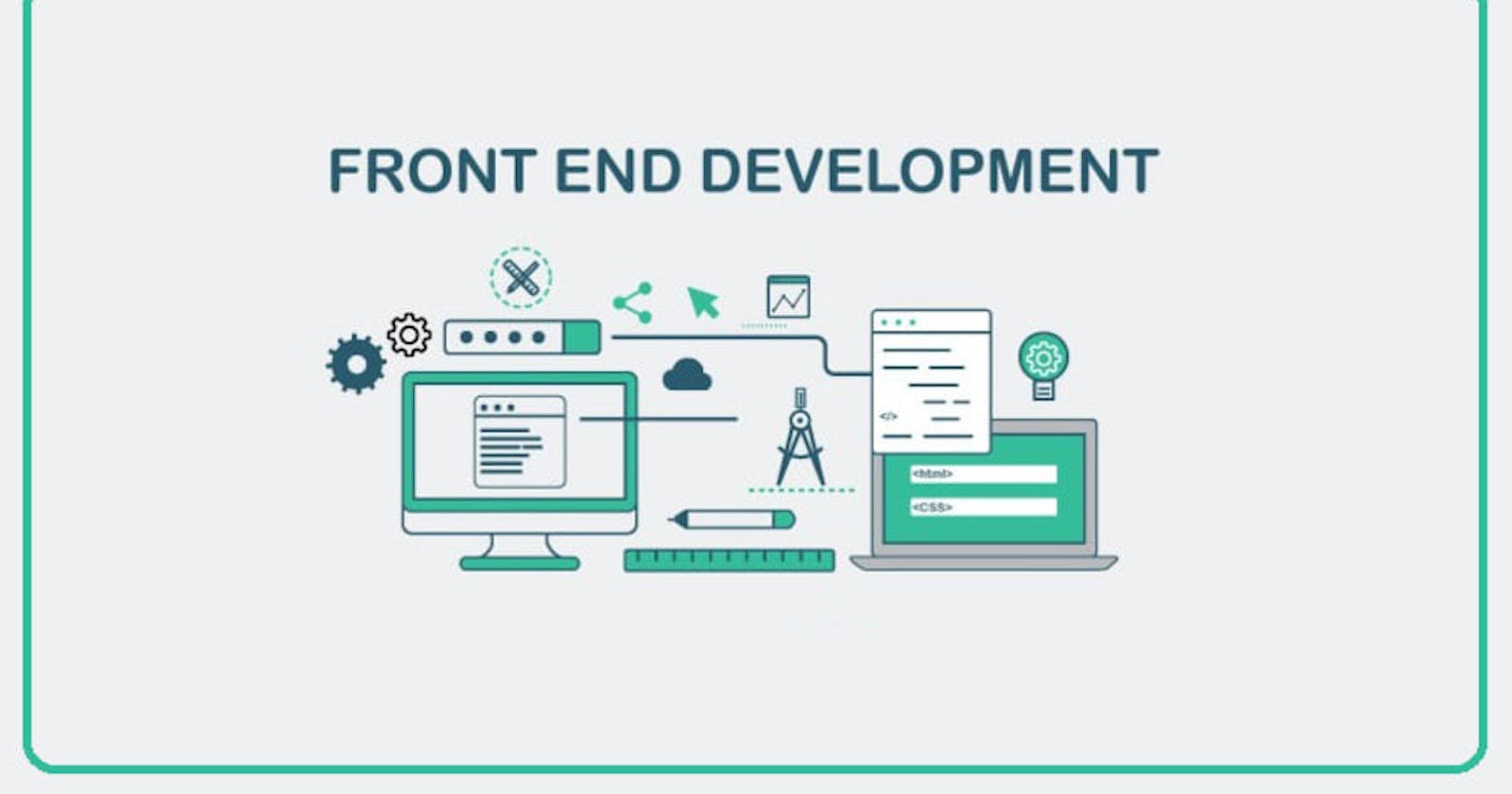Introduction
This roadmap is designed to help you ace the interview and excel as a Frontend Engineer in a product-based company. It covers various topics, from core JavaScript concepts to advanced frameworks and tools used in the industry. Mastering these topics will enhance your skills and make you a valuable asset in the competitive market.
Basic JavaScript Concepts
Data Types: Understand different data types in JavaScript, such as numbers, strings, booleans, objects, arrays, etc.
Functions: Learn about functions, function declarations, expressions, arrow functions, and the concept of higher-order functions.
Scope in JavaScript: Understand the scope of variables, block scope, and lexical scoping.
Closure: Explore closures and their significance in JavaScript.
Event Loop: Learn about the event loop, call stack, and how asynchronous operations work in JavaScript.
Prototype and Prototype Chain: Understand the prototype-based inheritance model in JavaScript.
Class and Inheritance: Learn about ES6 classes, extends, and inheritance in JavaScript.
DOM: Familiarize yourself with Document Object Model manipulation and interaction.
bind/call/apply: Understand the different ways of setting the context of a function in JavaScript.
Promise: Learn about Promises, async/await, and handling asynchronous operations in a structured manner.
WebAPI: Explore various Web APIs, such as DOM manipulation, Fetch API, and others.
Task Queue: Understand how the task queue works and its relationship with the event loop.
Call Stack: Learn about the call stack and its role in executing JavaScript code.
Async/await: Master the usage of async/await for asynchronous operations.
Generators: Explore generator functions and their practical applications.
Typescript: Introduction to TypeScript for static typing and improved tooling in JavaScript.
Basic HTML Concepts
Block Elements: Understand the difference between block and inline elements.
Import: Learn about the import statement and its usage in HTML.
Basic CSS Concepts
Selectors: Master CSS selectors, including class selectors, ID selectors, and pseudo-classes.
Pseudo Classes: Learn about pseudo-classes and how to use them for styling specific states.
Box Model: Understand the CSS box model and its impact on element layout.
Pseudo Elements: Explore pseudo-elements and their role in styling specific parts of an element.
CSS Layout: Learn about CSS layout options, including flexbox and grid.
Centering Elements: Understand different techniques to center elements in CSS.
Media Queries: Master media queries for creating responsive designs.
Pre-processors: Familiarize yourself with SCSS or LESS for more maintainable CSS code.
Mixins: Learn how to use mixins to reuse CSS code across stylesheets.
CSS Constants: Explore the usage of CSS variables for maintaining consistency.
BEM (Block Element Modifier): Understand the BEM methodology for writing scalable and maintainable CSS.
Import: Learn about CSS imports and their role in modular CSS architecture.
Basic Web Concepts
Page Rendering Cycle: Understand the steps involved in rendering a web page.
HTTP/HTTPS/HTTP2: Learn about different protocols and their differences.
CORS: Understand Cross-Origin Resource Sharing and how to handle it.
Local Storage/Session Storage: Learn about browser storage options and their differences.
Cookie: Understand cookies and their usage in web applications.
JWT (JSON Web Tokens): Learn about JWT for secure authentication and authorization.
XHR (XMLHttpRequest): Explore XHR for making AJAX requests.
Micro Frontend: Understand the concept of micro frontends and their advantages.
REST/GraphQL/Socket Connection: Compare different data transfer approaches in web development.
Browser Concepts: Familiarize yourself with browser rendering, layout, and painting.
Debugging Applications: Learn how to debug front-end applications effectively.
Chrome Dev Tool Features: Explore various features of Chrome Developer Tools for debugging and performance optimization.
Advanced JavaScript Concepts
OOPs Concept: Dive deeper into Object-Oriented Programming concepts.
Design Patterns: Study popular design patterns used in JavaScript applications, such as Singleton, Provider, Prototype, Observer, Module, and Higher-Order Components (HOC).
Understanding V8 in Depth: Learn about V8 engine internals, including JIT (Just-In-Time) compiler, interpreter, and execution pipeline.
Currying: Understand the concept of currying and its application in functional programming.
Bonus: ReactJS Concepts
Introduction to JSX: Learn about JSX syntax and its role in React development.
React Component: Understand the core concepts of React components and their lifecycle.
Component State and Props: Learn about state and props in React components.
Adding Style (CSS): Explore various ways to style React components using CSS.
Functional and Class Components: Understand the difference between functional and class components.
React Lifecycle Methods: Master the lifecycle methods of React components.
Virtual DOM: Learn about Virtual DOM and its efficiency in React applications.
React Hooks: Explore React Hooks for state management and lifecycle methods in functional components.
Custom Hooks: Understand how to create and use custom hooks for reusability.
Context API: Learn about the Context API for managing global states in React applications.
Synthetic Events: Understand React's synthetic event system for handling events efficiently.
Routing: Explore routing options in React applications.
Data Flow (Redux/Flux): Understand data flow patterns like Redux or Flux in React applications.
Server-Side Rendering: Learn about server-side rendering and its benefits.
Unit Testing: Familiarize yourself with unit testing principles.
Jest & React Testing Library: Master testing tools like Jest and React Testing Library.
Mocking Data: Learn how to mock data for testing.
Understanding Webpack (Bundler): Explore Webpack and its role in bundling and optimizing web applications.
Babel, Prettier, Linter: Understand the usage of Babel for transpiling, Prettier for code formatting, and ESLint for code linting.
Remember that the learning journey in front-end development is continuous and evolving. Stay curious, keep practicing, and never stop exploring new technologies and best practices. Good luck in your career as a Frontend Engineer! 🚀
Acknowledgments
Special thanks to Shubham Soni who contributed to the creation of this Frontend Development Roadmap
